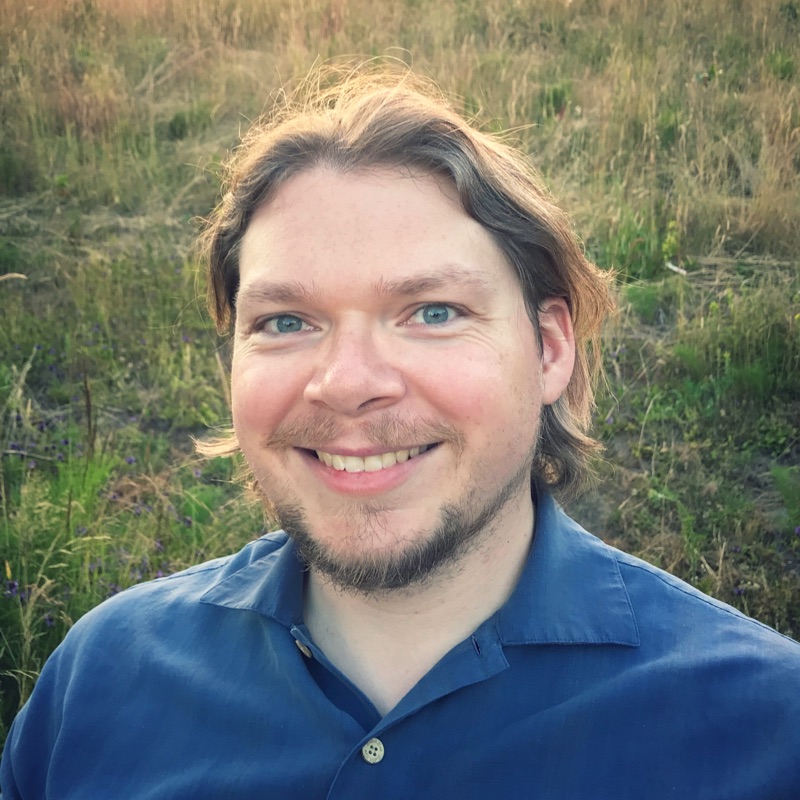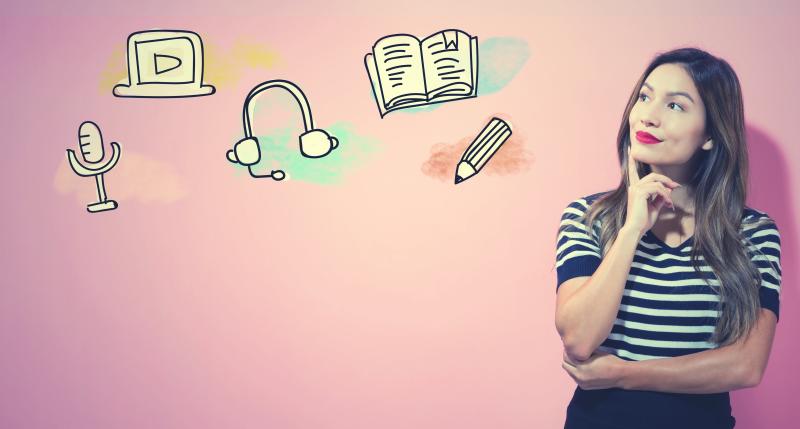What Visiting Austin Taught Me About Valuing First-Hand Experience
I recently visited Austin, Texas. And I learned something valuable there.
There are three types of knowledge we can have about the world. I’ll refer to these as first, second, and third-hand information.
First-hand is what you experience yourself directly. You smell a rose, you touch a hot stove, you see the Milky Way up in the night sky, you meet your favorite celebrity. The first-hand information we recall and act upon is primarily how we go about our daily routines and accomplish tasks.
Second-hand information is what you learn while talking with family, friends, and acquaintances. Someone else smelled that rose, and is now telling you how sweet it is. Someone else burned their hand on a hot stove. Someone else got to meet Jennifer Lopez. Second-hand information isn’t always reliable, but determining reliability is basically a matter of how much you trust the person conveying the information. Much of education is essentially a matter of acquiring second-hand information: for instance, a scientist discovers something new and that discovery is then recorded and relayed to others (though perhaps through a third-party intermediary).
Then we get to third-hand information, and this is where things become tricky. Third-hand information is usually a muddle of assumptions and impressions based on the culture at large (especially the media), along with random anecdotal memories. You see a show on TV about drunken Irish mobsters, and somehow years later your impression of Irish people is that they all have a drinking problem. A friend of a friend once owned a Chevy truck and it broke down all the time, and years later you avoid buying anything from Chevy because, y’know, that brand is “unreliable.” You listen to a radio program talking about the latest ridiculousness of the “lib-tards” or the “religious right” and once election time rolls around you vote for the folks who promise to get rid of one group or another because they’re “destroying this country.”
And that brings us to Austin, Texas. We recently took a family road trip across the New Mexico border, through west Texas, and on to Austin which is in the south-central region of the state. This was my first time in Texas and my wife’s second time, though her first time was essentially just driving through the north “chimney” of the state on a road trip across all the prairie states.
Here’s what I imagined Texas to be like…well, actually I’ll quote a friend I was talking with because his third-hand impression of Texas echoed my own: “I thought Texas was just a bunch of flat desert, guys with big hats, and guns.” I’ll throw cows and oil fields into the mix too.
On the other hand, in recent years I’ve acquired second-hand information about Austin, Texas from the well-known podcaster Dan Benjamin of 5by5 which is based in Austin. He’s always raving about how wonderful the city is and all sorts of fabulous things about it. Also, I keep hearing about how huge and exciting the SXSW (South-by-Southwest) conference is that happens every year in Austin. Heck, Whole Foods was founded in Austin. So somehow my second-hand information about Austin was incongruent with my third-hand impression of Texas as a whole, which is why I was so eager to make the trip myself and see things first-hand.
Here’s What I Discovered
While there are certainly areas of Texas that feel like flat desert (well, a bit more prairie than desert per se), and while there are certainly guys with big hats here and there, and while I’m sure you can find a ranch or two where everyone’s riding around carrying a gun, that’s most definitely not what the area around Austin is like. Far from it!
Austin is surrounded on its south-west side by beautiful rolling hills covered with lush trees, and there are several gorgeous lakes and rivers (most notably the Colorado River which flows through downtown). After the long drive through empty land and oil fields in west Texas, I was very happily surprised by the appealing landscape (and, interestingly, many wind farms) heading into central Texas. Austin definitely has a romantic setting, and, compared with California in the late summer, was startlingly green everywhere. I didn’t even mind the humid heat much (in fact I prefer that to dry heat).
Everyone I met in Austin was very polite and friendly, and there is no shortage of exciting things to do. We toured the Texas state capitol building in Austin which is one of the most impressive government buildings I’ve ever seen. We visited the botanical gardens in Zilker Park and saw a very cute display of miniature fairy houses and castles built by locals. We drove over one of the many bridges which crisscross the Colorado River—this one was up in the hills and featured a fantastic view of the river and surrounding landscape.
Austin has a long history of being a center of arts & creativity. Janis Joplin got her start in the early hippie folk scene in Austin before later heading off to San Francisco—in fact, she was actually a native of Texas (I had no idea!). While I didn’t attend any concerts on the trip, Austin bills itself as the “Live Music Capital of the World” due to the fact that it has more live music venues per capita than anywhere else in America. “Keep Austin Weird” is a famous local slogan and we saw more than one tie-dyed shirt on our travels.
Austin’s become a big tech hub in recent years and regularly ranks high for startup-friendly cities in the U.S. Due to its vibrant food culture and top universities, the city is teaming with young people. In certain parts of downtown, nearly everyone walking around seemed to be a “millennial”—reminding me of the SOMA area of San Francisco.
Something else that was new to me: many of the houses in and around Austin are built with lovely limestone and sandstone bricks that I think just look amazing. It’s very rare to see brick buildings in California’s earthquake country, and even when you do they’re just simple facades and usually that rust-red color which doesn’t appeal to me. I much prefer the tan coloring of Austin’s bricks.
I could go on, but as this isn’t just an article about Austin, my larger point is this: it’s foolish to place much stock in third-hand information, and it’s prudent to be wary even of second-hand. First-hand experiences are far and away the most meaningful and reliable way to learn about and enjoy the world, which is why travel is so important. You can read about places around the world, look at photos, and hear people’s stories, but none of that can compare with seeing a place with your very own eyes.
And this isn’t just true about travel, but about pretty much everything else in life. Don’t just take other people’s word for it. Experience things for yourself. Get out there. Talk to people with different points of view. Conduct experiments. Go to live performances. Learn new skills. Speak a new language. The most wonderful thing about the internet—that we can acquire new information so easily and rapidly—is also the most dangerous: we can easily be lulled into the false belief that we know about things without ever having experienced them for ourselves in real life. Don’t fall into that trap! Seek out ways to gain first-hand information as much as possible. The rewards are endless.

 Share on Twitter
Share on Twitter
 Share on Facebook
Share on Facebook

